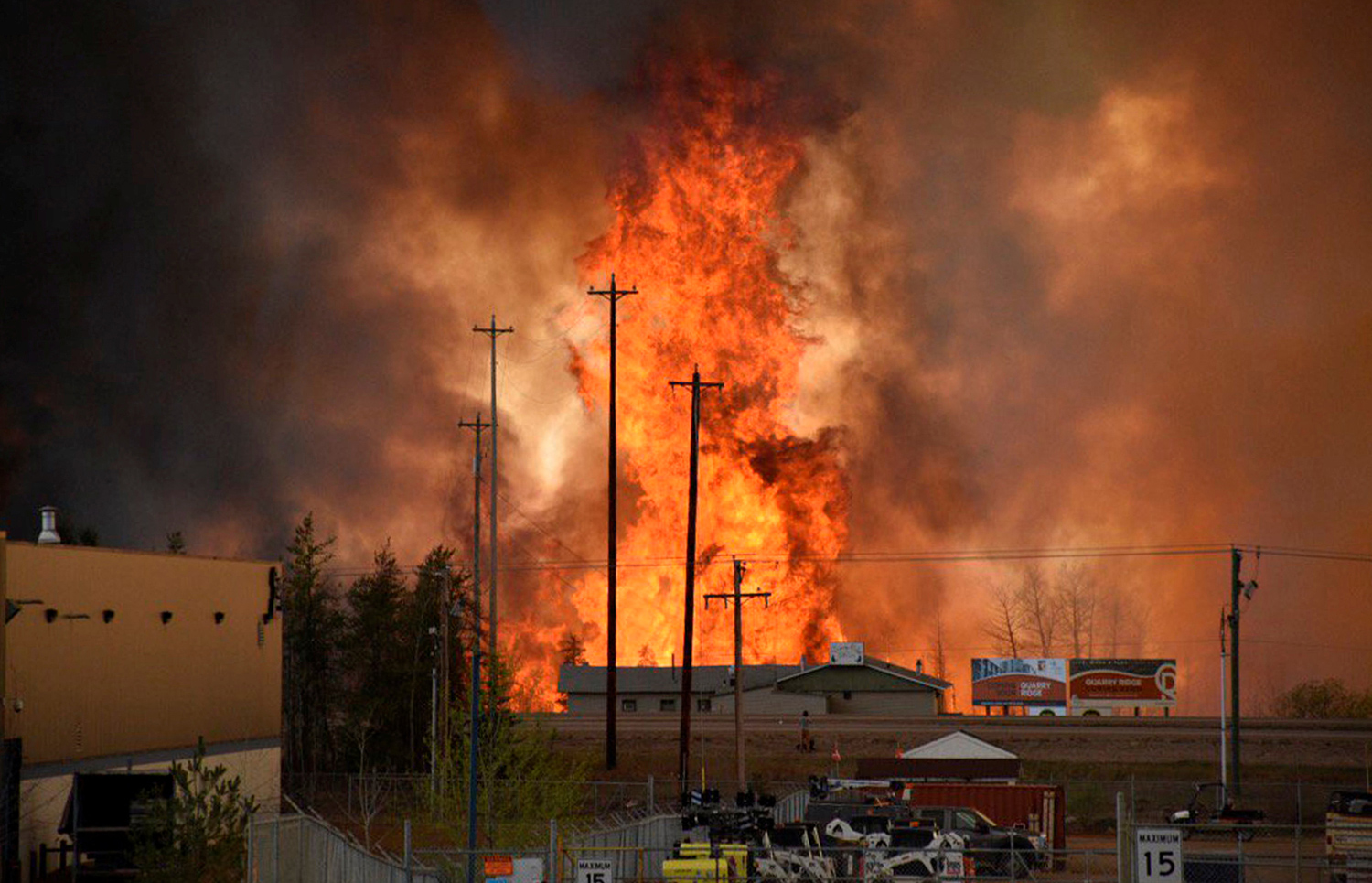
Feeling a pinch at the pump? Oil prices are ticking upwards, and it’s not just a random market fluctuation. A mix of global events and strategic decisions is putting serious upward pressure on crude. If you want to understand why your fuel bill is climbing, here are five key factors sending oil soaring.
1. Iran's Standoff Limits Global Supply
A major player in the oil world, Iran, is poised to reject a crucial U.S. nuclear deal proposal. This isn't just diplomatic drama; it's a huge deal for oil supply. If these nuclear talks collapse, it likely means continued international sanctions on Iran, effectively keeping a significant amount of their oil off the global market. Less supply from a major producer almost always translates to higher prices.
2. The Dollar's Dip Makes Oil Cheaper (for Others)
You might have noticed the U.S. dollar weakening recently, even touching a six-week low. This is a big deal for oil prices. Since crude is priced in dollars, a weaker U.S. currency makes oil less expensive for buyers holding other currencies. When it costs less for international buyers, demand tends to go up, which in turn pushes the price higher for everyone. It's a classic economic ripple effect.
3. OPEC+ Delivers a Smaller Than Expected Boost
The Organization of the Petroleum Exporting Countries and its allies, known as OPEC+, recently made a crucial decision. They agreed to increase output by 411,000 barrels per day for July. While an increase, this figure was less than some market players had feared and matched previous modest hikes. This cautious approach means supply isn't surging as much as some might have hoped, leading investors to unwind “bearish” bets and fueling the current price rally.
4. Canadian Wildfires Create Supply Worries
Adding another layer of immediate supply concerns, wildfires in Canada’s Alberta province have forced a temporary shutdown of some oil and gas production. These wildfires have impacted over 344,000 barrels per day of oil sands output – that's roughly 7% of Canada's total crude production. Any significant disruption, even temporary, in a major oil-producing region naturally tightens global supply and supports higher prices.
5. Geopolitical Tensions Keep Markets Jumpy
Beyond specific incidents, a general undercurrent of rising geopolitical risks is keeping the oil market on edge. Whether it’s ongoing disputes, or broader instability in key regions, these tensions create a “risk premium” on oil. Traders factor in the possibility of sudden supply disruptions, and that anticipation alone can drive prices up. It's a constant reminder that the global oil market is always navigating complex political landscapes.
















